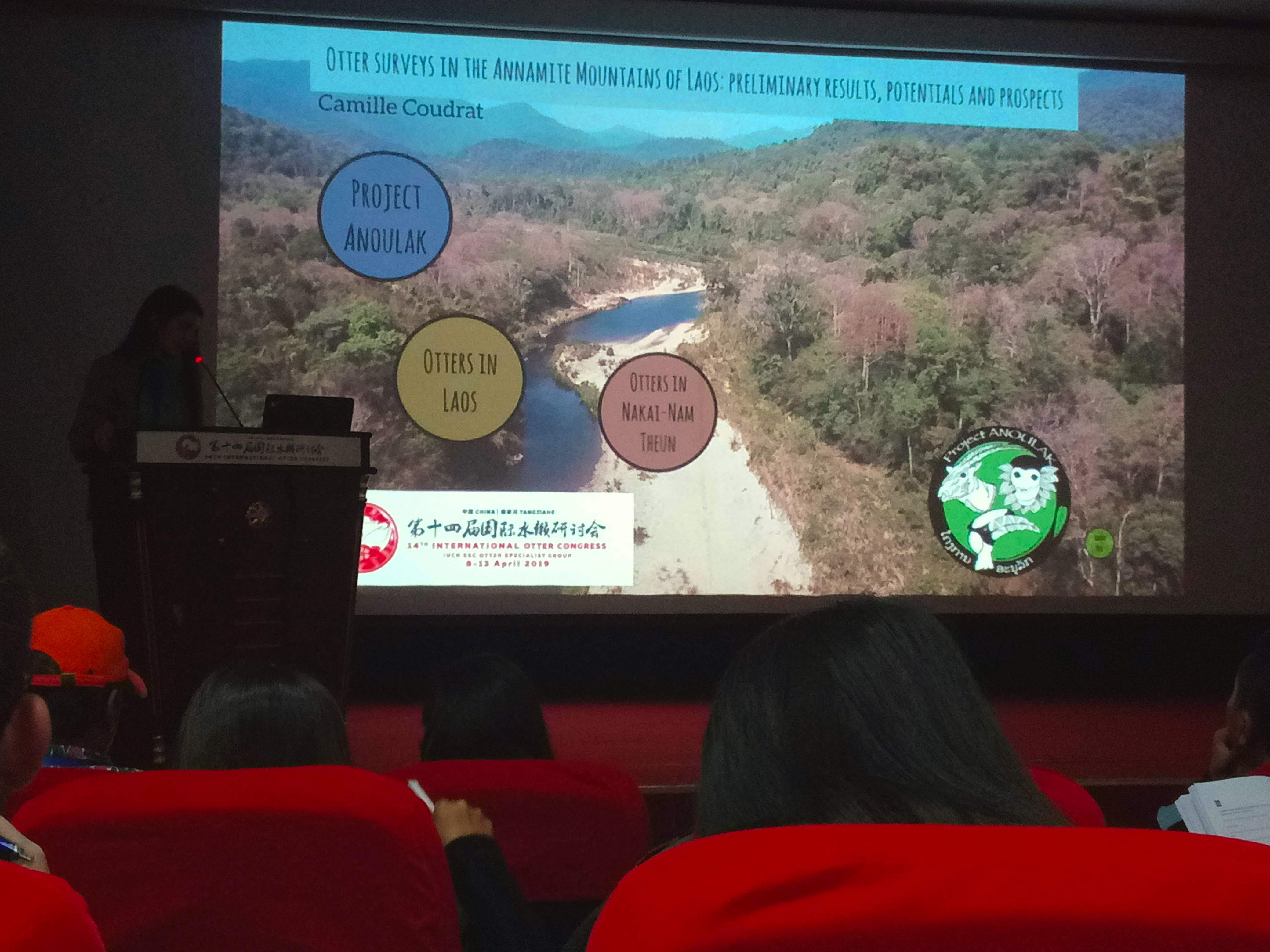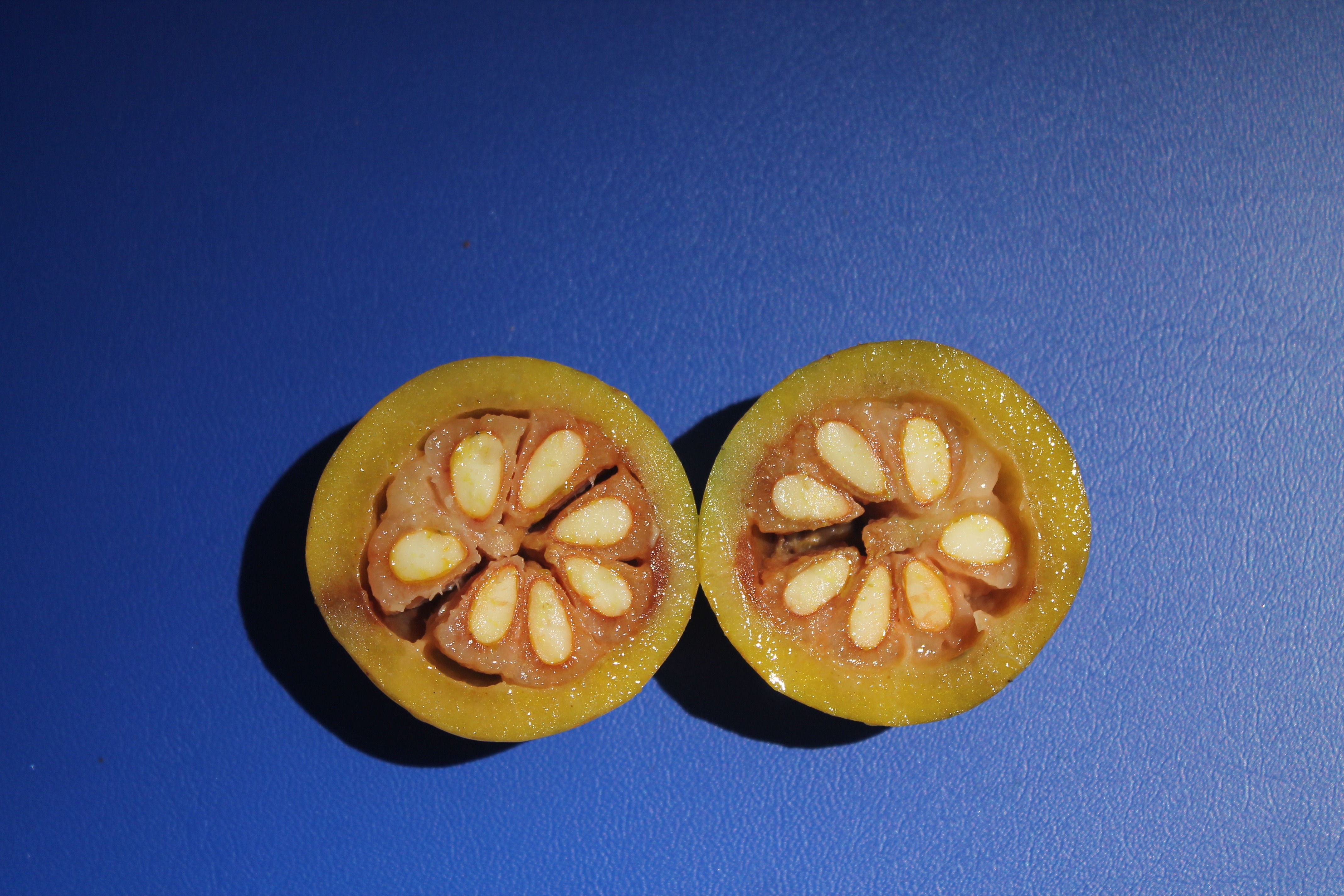
Botanical survey in Nakai-Nam Theun
March 16, 2019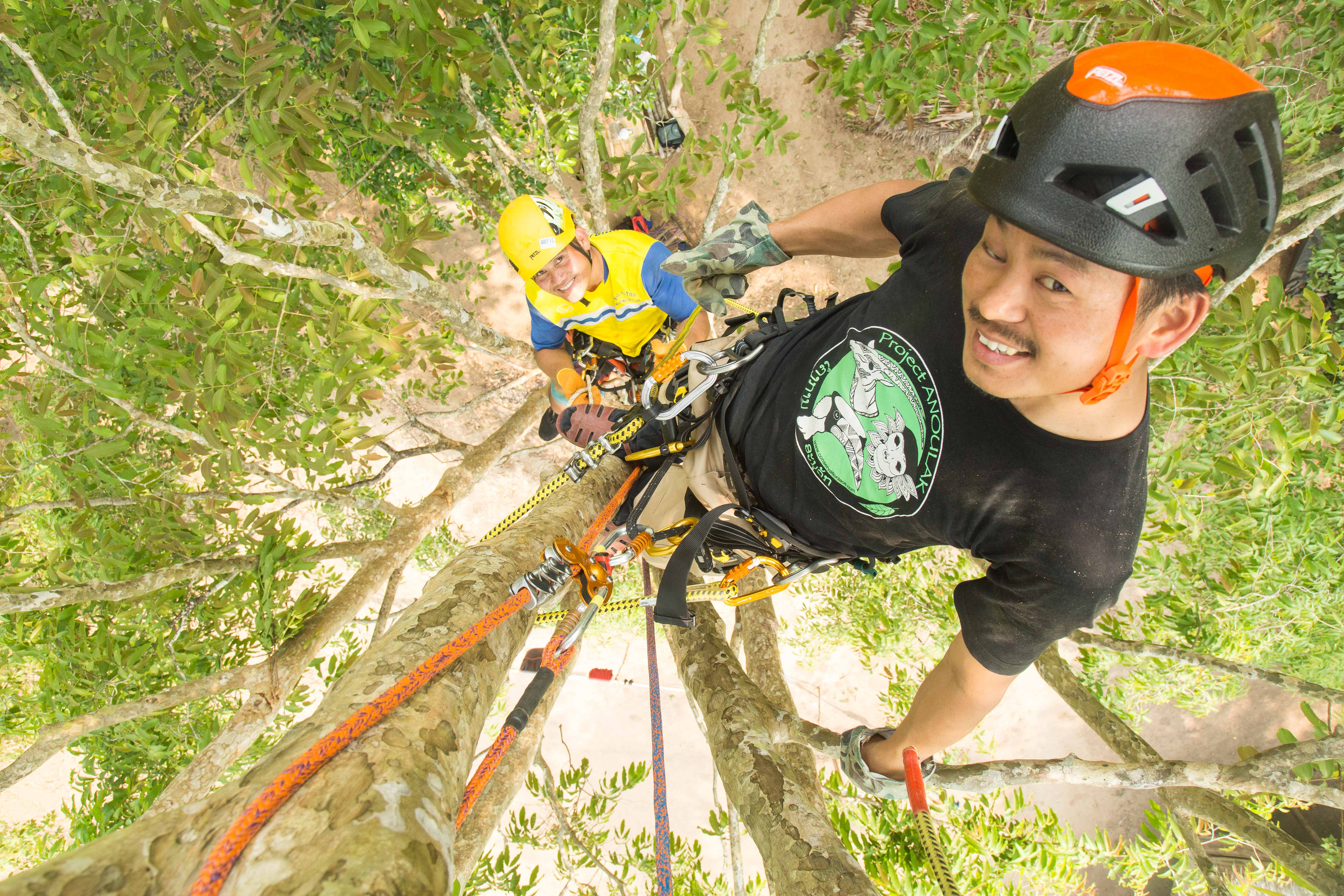
Exploring the canopy: Tree climbing training to better study what’s up there!
May 3, 2019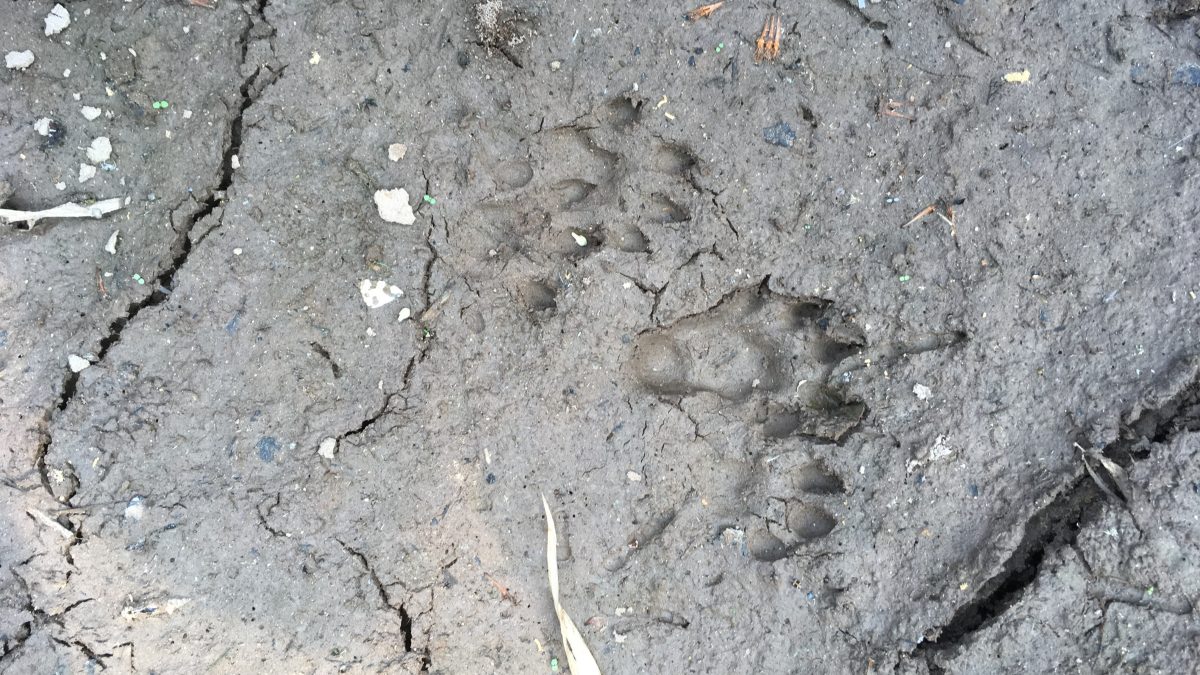
In April 2019, Anoulak’s director Camille attended two international meetings in a row.
The first one held in Hanoi, Vietnam was the conservation planning workshop for Owston’s Civet hosted and facilitated by Save Vietnam’s Wildlife and the Conservation Planning Specialist Group (CPSG) (part of the International Union for Conservation of Nature [IUCN] Species Survival Commission [SSC]).
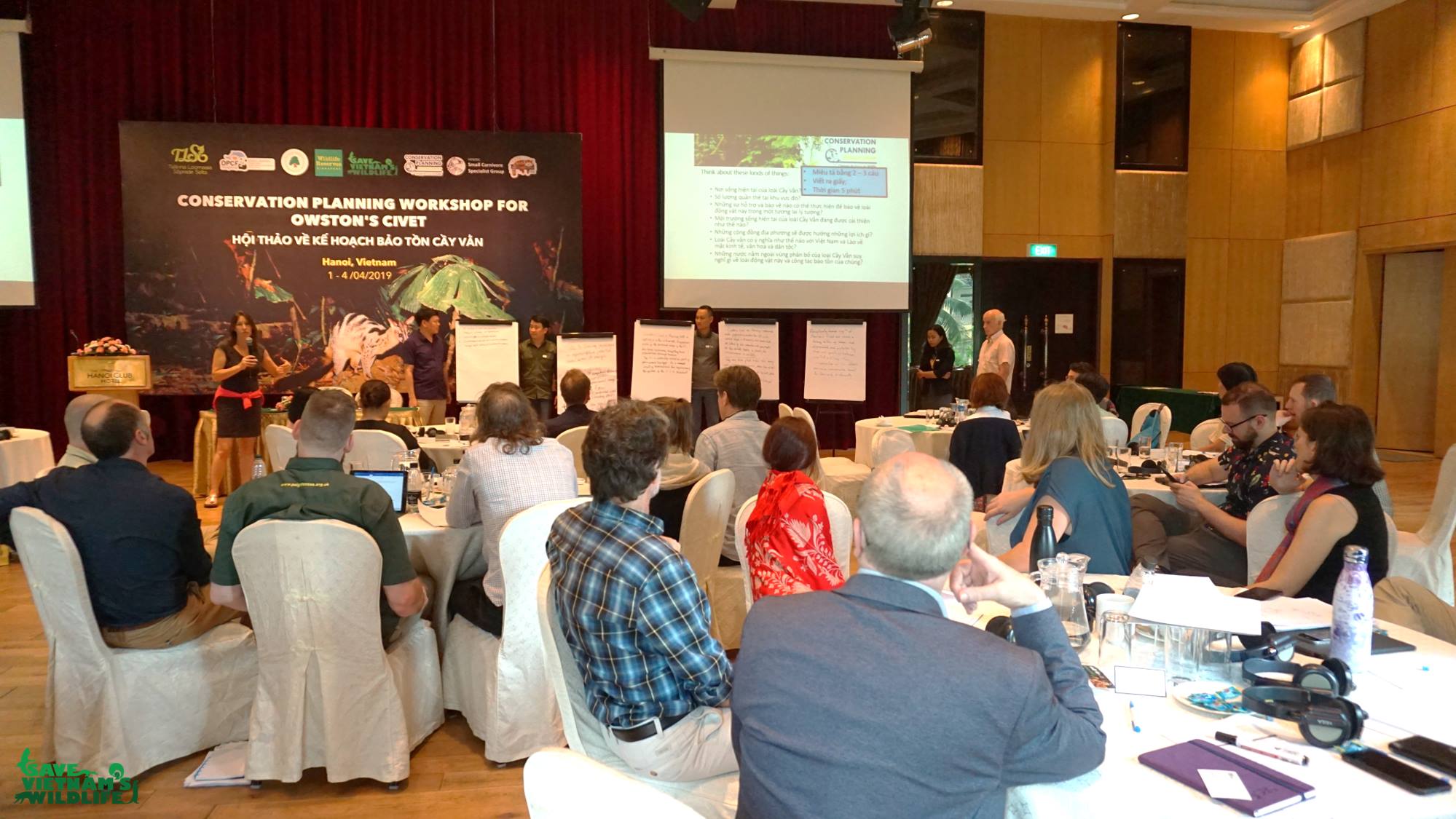
This was the first range-wide workshop for the species. Its main objective was to identify the priority actions (both ex-situ and in-situ) needed to prevent the extinction of the species.
The workshop specific goals were:
- To bring participants to a shared understanding of the situation for Owston’s Civet;
- To agree what successful conservation of this species could look like in the region;
- To agree on the main challenges to successful conservation and recovery;
- To recommend priority conservation strategies and actions for this species;
- To agree what the role of ex situ management is in this, and the requirements for successful delivery.
- To agree a framework for implementing these actions, including lead agencies and key collaborators.
Owston’s Civet, Chrotogale owstoni, was categorized as Endangered on the IUCN Red List of Threatened Species in 2016. This civet has one of the smallest distributions of any carnivore species in Asia; formerly found in southern China, it now occurs only in Lao PDR and Vietnam. The primary threat to its recovery and conservation is indiscriminate snaring for the illegal wildlife trade.
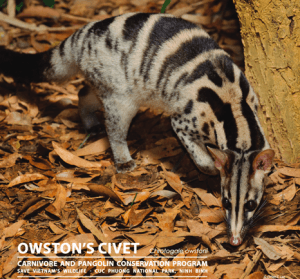
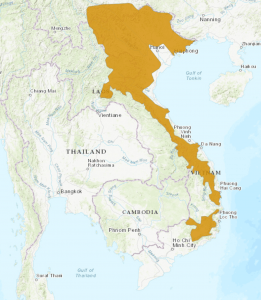 current distribution of Owston’s Civet
current distribution of Owston’s Civet
Several concrete and achievable action points were discussed and agreed upon among the participants that will be compiled in the coming weeks into an Action Plan as reference to implement in-situ and ex-situ conservation of the Owston’s Civet. Anoulak committed to contribute to several of these action points, notably regarding monitoring the population of Owston’s civet in Nakai-Nam Theun and contribute to improving current law enforcement strategies to remove threats from snares.

To pursue on the theme of small carnivores conservation, the second meeting Camille participated in was the 14th International Otter Congress held at the Tangjiahe Natural Reserve, Sichuan Province, China. The International Otter Congress is held every two years for otter researchers and the members of the IUCN SSC Otter Specialist Group (OSG). Participants discuss the conservation status of otters, latest research, future conservation strategies and threat mitigation for all 13 otter species.
In 2019, the theme of the congress was “Ensuring the Future of Otters”. Nearly 200 participants attended from all around the globe.
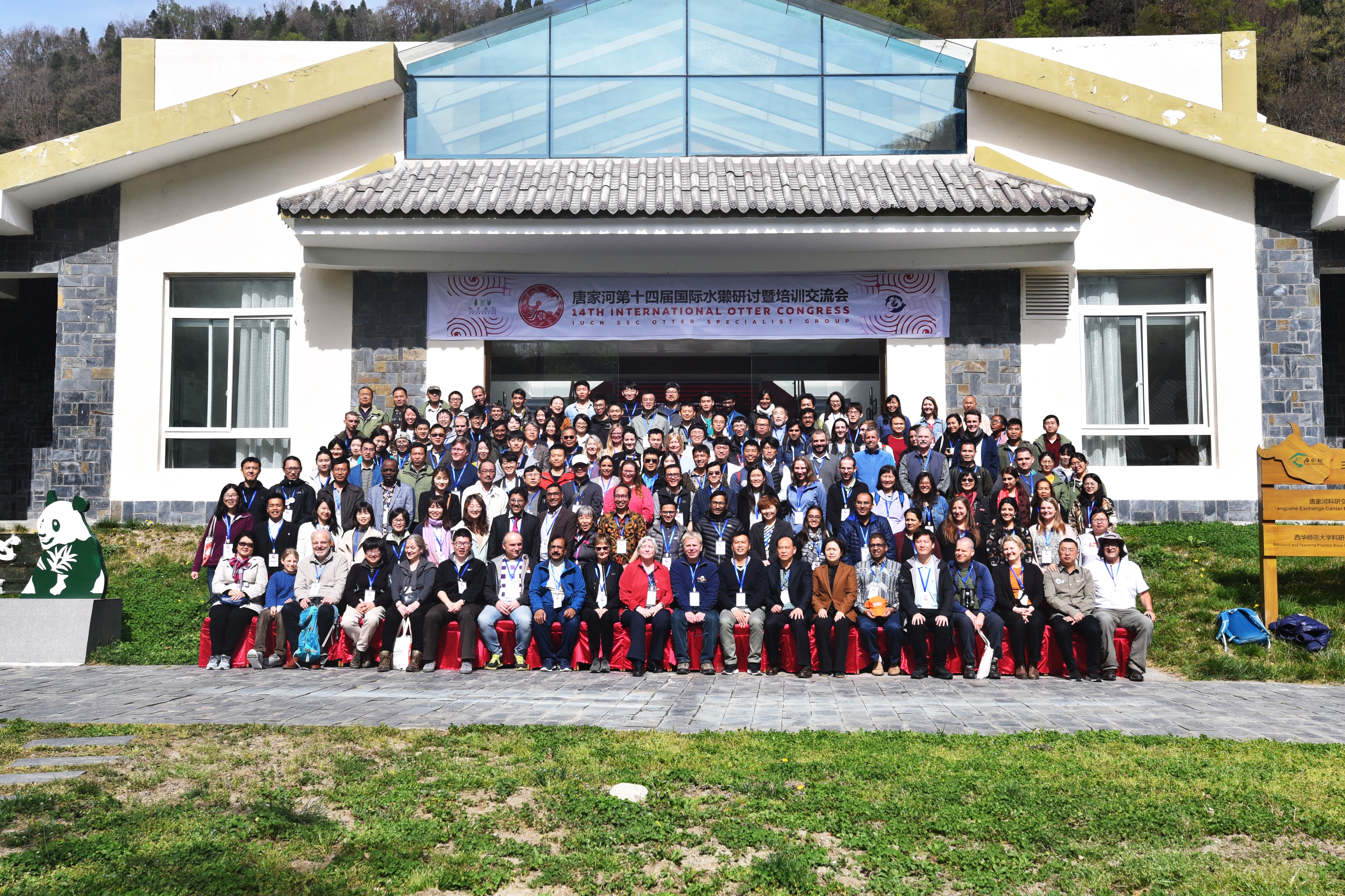
Anoulak’s current work on otters was presented to the audience, with the emphasis on our preliminary results of environmental DNA confirming for the first time the occurrence of Lutra lutra in Nakai-Nam Theun. The full presentation is available to view here.
